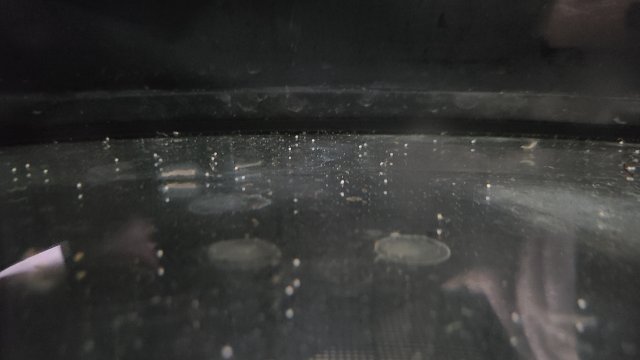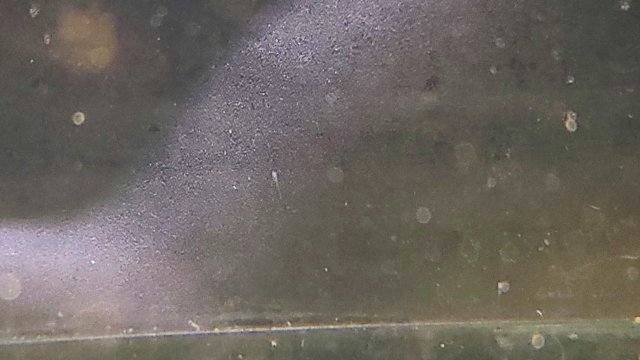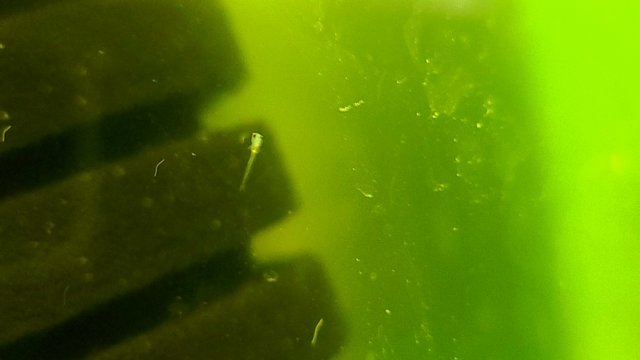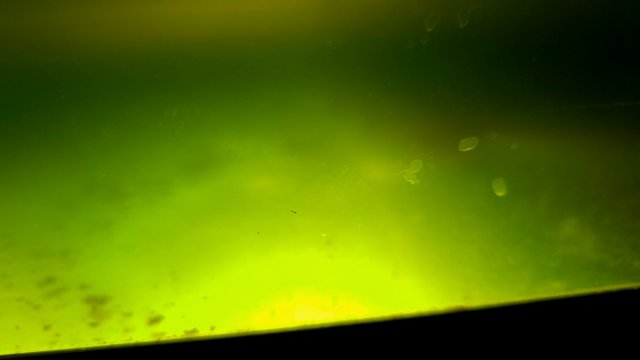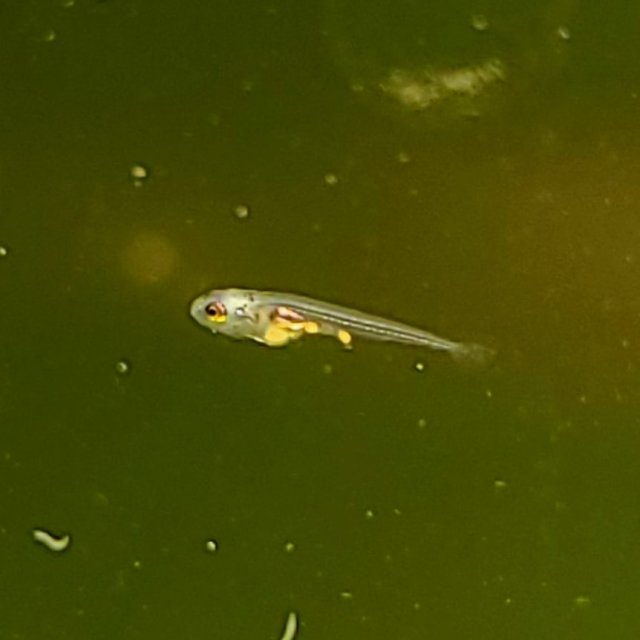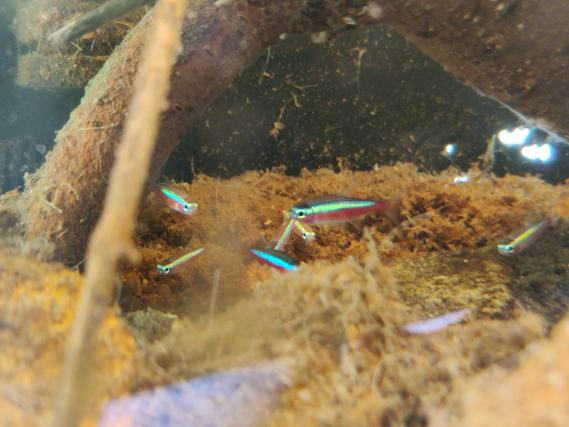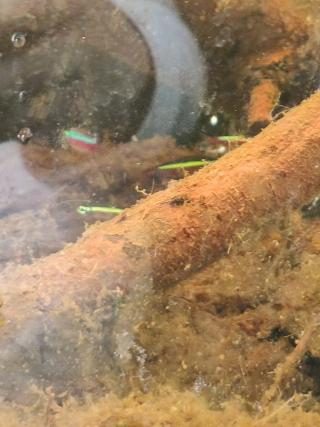Paracheirodon axelodi AKA "Cardinal Tetra" breeding
- Thread starter giseok jung
- Start date
Just add some blackwater and make spawning tank dark.Lovely - how did you induce mum(s) & dad(s)?
Water change with rain water if that's available. I drop the water level in tank and slow siphon fill the tank back up with an airline from bucket (higher than the tank) overnight. The fish should spawn at first light the next day. keep the water level low so the rest of school have less chance to eat the falling eggs.
If particularly difficult to trigger a spawn I mix a small amount of organic rich earth to the water change bucket. (like the soil that would get pushed into rivers after a thunderstorm). The brood stock do need to be very well conditioned.
The breeding part is the easiest phase with hatching & first feeds then grow out
If particularly difficult to trigger a spawn I mix a small amount of organic rich earth to the water change bucket. (like the soil that would get pushed into rivers after a thunderstorm). The brood stock do need to be very well conditioned.
The breeding part is the easiest phase with hatching & first feeds then grow out
I was just about to ask about that, I have about 30 gallons of tanned rainwater in my backyard I was thinking of using for breeding some of my more finicky fish. I also have a bunch of 6 quart tubs, would I be able to use these as a breeding tank?
I'm guessing that MTS/snails will be as bad as fish in gobbling eggs?
Our whole house is on rainwater; will bucket a few extra almond leaves when the time comes, to give that difference for syphon-add (good idea)
Our whole house is on rainwater; will bucket a few extra almond leaves when the time comes, to give that difference for syphon-add (good idea)
Sorry to rekindle an ancient thread:
i) so we induce laying with a tannin'y rainwater change,
ii) the eggs hatch circa 24hrs
iii) wee-swimmers are going to be somewhat snail-resistant, but snails & parent/adult fish will absolutely eat the eggs.
Q1: Is a smaller breeding group/school preferable, let's say maybe 5? 3? Pair? Or as many as can safely/comfortably fit in the tank?
Q2: Is there a reason for bare-bottom -vs- leaves, sphagnum, plants, smashed coconut shells, course gravel or "Matala" mat?
Q3: How long is the spawning period? "first light of next day" but what's the indicator that they're done & it's time to remove the parents/adults?
Q4: If I pre-seed with a live food, will clam-shrimp, ostracod or daphnia (etc) eat eggs/babies? Scuds almost certainly will...
Q5: Are the yolk-feeding hatchlings mobile enough to evade a small clean-up snail?
I've got a school of 13 sub-adults (~1.5cm) and they're fat & happy on flake, kibble, oscracod, daphnia, snail-spawn, mozzies etc etc etc.. (though not growing much...) They'e in a QT 15 now and I'd like to add/use them in other systems, but they're costly & a headache to source/import so would like to spawn/culture a bigger working population before taking "community" risks.
And, as a lazier sort of hobbyist, I'm willing to take half/quarter-survivorship per cohort & several cohorts of lesser effort, thus a more "ecosystems" approach.
i) so we induce laying with a tannin'y rainwater change,
ii) the eggs hatch circa 24hrs
iii) wee-swimmers are going to be somewhat snail-resistant, but snails & parent/adult fish will absolutely eat the eggs.
Q1: Is a smaller breeding group/school preferable, let's say maybe 5? 3? Pair? Or as many as can safely/comfortably fit in the tank?
Q2: Is there a reason for bare-bottom -vs- leaves, sphagnum, plants, smashed coconut shells, course gravel or "Matala" mat?
Q3: How long is the spawning period? "first light of next day" but what's the indicator that they're done & it's time to remove the parents/adults?
Q4: If I pre-seed with a live food, will clam-shrimp, ostracod or daphnia (etc) eat eggs/babies? Scuds almost certainly will...
Q5: Are the yolk-feeding hatchlings mobile enough to evade a small clean-up snail?
I've got a school of 13 sub-adults (~1.5cm) and they're fat & happy on flake, kibble, oscracod, daphnia, snail-spawn, mozzies etc etc etc.. (though not growing much...) They'e in a QT 15 now and I'd like to add/use them in other systems, but they're costly & a headache to source/import so would like to spawn/culture a bigger working population before taking "community" risks.
And, as a lazier sort of hobbyist, I'm willing to take half/quarter-survivorship per cohort & several cohorts of lesser effort, thus a more "ecosystems" approach.



